
Hello~ 沙丘研究所(Dunes Workshop)是一个独立的线上原创内容发布平台,内容有关于城市、建筑、文学、艺术以及留学生活,成员来自哈佛大学设计学院以及麻省理工大学设计学院。 同样,欢迎关注我们的微信公众号“沙丘研究所”,第一手的推送内容会发布在这里;以及 Instagram账号@dunes.workshop 第一手的图像/视频内容将会发布在这里。
From the construction video with more than 200 million broadcasts
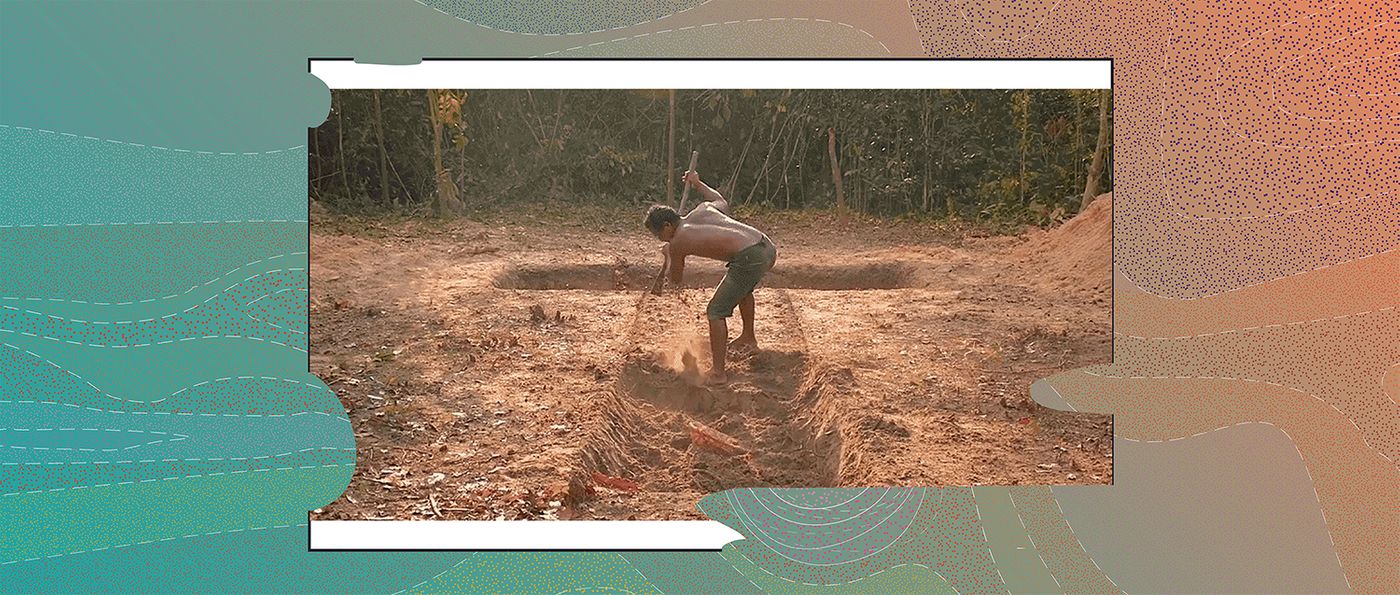
01 Amazing construction video
Recently we came across a very interesting type of video on Youtube, let's call them "original builds". In these videos, only one person appears from beginning to end. The lone builder finds a clearing in the middle of a dense forest, then marks it with extremely simple tools, takes rough measurements, and tirelessly digs down. Through post-editing, the length of the video may only be more than ten or twenty minutes, but it condenses dozens of days of hard work. The end result is impressive, even inspiring.
In "Building an Underground House with a Swimming Pool in Sixty Days" uploaded by the account Mr. Tfue, the final built underground shelter has straight stairs, a cool bed laid with bamboo tubes, and a swimming pool with paint. The video wants to present the viewer with a raw and almost clumsy construction process - from start to finish there is only one sturdy, shirtless Southeast Asian-looking man working non-stop in the sun with only one shovel that never changes. He has no help from other people, let alone any modern and mechanized tools.
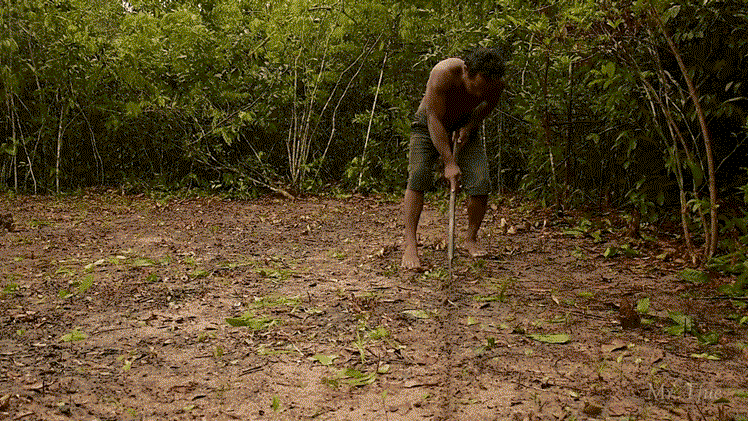

In the final stage, Mr. Tfue carried a water tank on his shoulders, walked from his "site" to a nearby pond, filled the tank with water, and walked back to the pool to pour the water out. The clip tells us that this repetitive act of fetching water lasted for several days in order to fill the pool. After the construction, the sole worker and the occupants swam in the square swimming pool, took a nap on the bamboo mat, and enjoyed the results of his decades of hard work. This little house dug down is simple and not luxurious, but the space is vivid, and every detail is filled with the joy of construction.
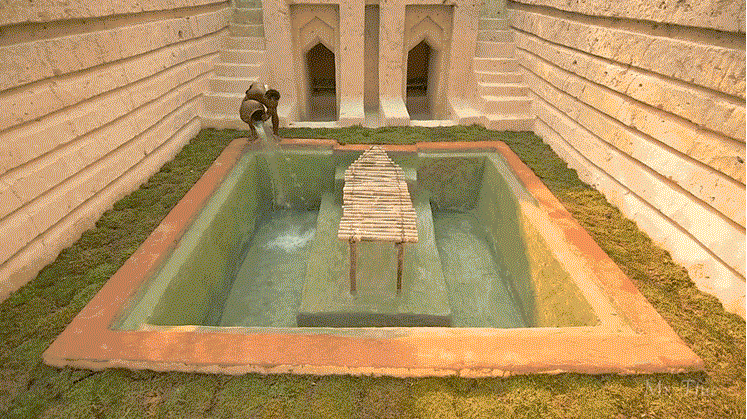
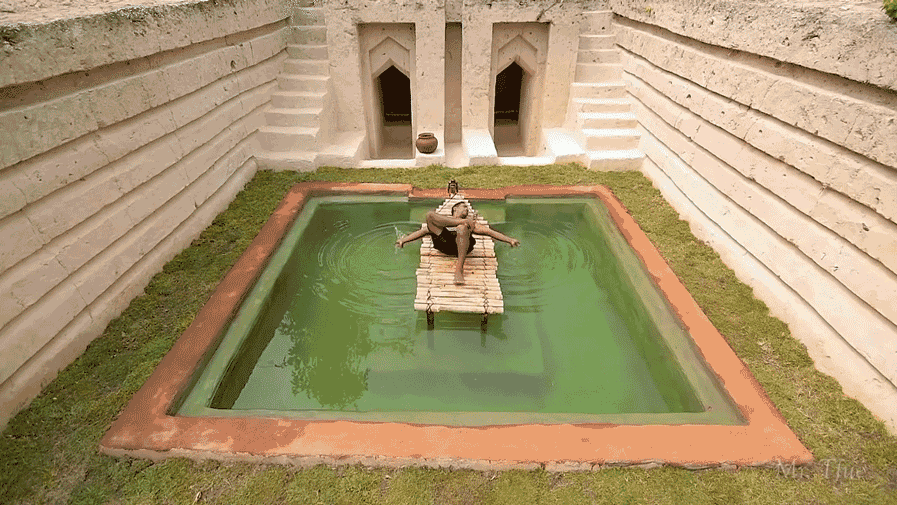
This kind of video is not only the one just described, but some of them are two people working together (but there is basically no conversation during the process), and some are in the middle of the video, that is, in the middle of the construction, some small clips of cooking simple food are cut together... ...but the overall theme is "original build".
This series of videos is not only interesting for the content, but also the amount of communication it has caused. For example, the video just mentioned was uploaded in February 2020. In the past year, it has received more than 200 million views. If you click on the homepage of this account, you can see that he has uploaded a total of 14 videos, with a combined view count of more than 640 million. This figure is higher than many “top-stream accounts” that have been operating on the same platform for ten years and have uploaded thousands of videos.
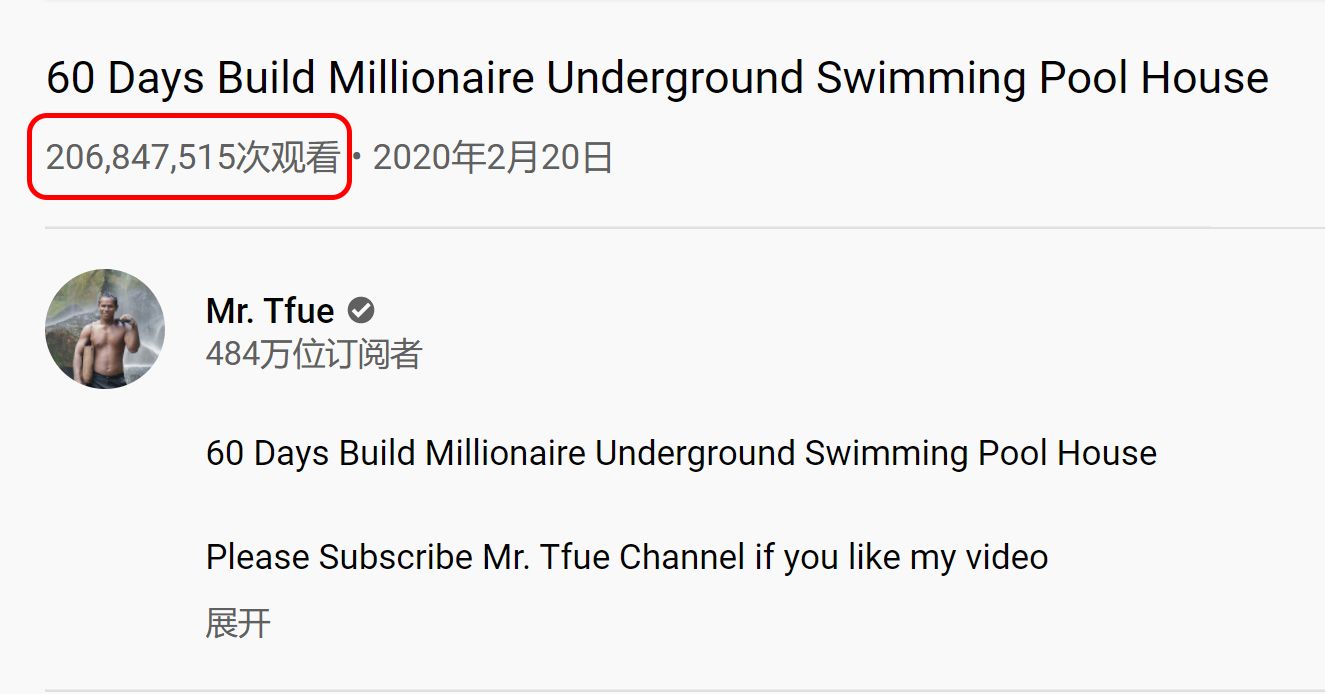
02 Four recipes for video communication
Because we also do "Internet creation", after a long time, we will subconsciously think about the internal reasons of some explosions or viral content - what is the reason for their publicity? These four types seem to be more established and common:
1. Pop Culture
2. Consumerism
3. Visual wonder
4. Knowledge Information
Each of these genres has their own strong reasons to click and watch.
For example, the first category of "pop culture" includes pop music/dance, sports/game events, comedy, interviews, and parody. To a large extent, these contents have been the mainstay of mass media before the rise of Internet video platforms, and Youtube has given them a more convenient channel for viewing and dissemination. Of course "Vlog (video log)" is also an important part of this category - its fascinating is how to turn private life into a part of public viewing, but it is not completely related to today's article, so I won't expand it.
The second category of "consumerism" includes "Unboxing (unboxing videos, especially electronics)" and beauty. Electronic products and beauty products, which may have different gender emphasis, have been integrated into and become the basic lifestyle of modern urbanites, that is, what products you own define your identity. Video content makers satisfy the appetites of this segment of modern society by recommending, comparing and demonstrating these products.
The third category of "visual wonders" includes disco, skydiving, downhill, skateboarding, diving, etc. These extreme sports often stimulate people's nerves and senses from the first perspective; of course, they also include visual games, magic and so on. These videos maximize the advantages of the medium itself, bringing gamified impacts to viewers that go beyond mediocre life. In other words, find things that ordinary people can't see in their daily routines, satisfy curiosity, and satisfy the need for adrenaline addiction.

The fourth category of "knowledge information" includes "XXX, explained", "How to XXX" and so on. It can be explaining a phenomenon (what is El Niño?), demonstrating a process (how to quickly install curtains?), it can be a two-hour recording of a high-quality course in college, or it can be simplified and entertained, A two-hour movie is explained in one minute... The Chinese Internet often says "anxiety about selling knowledge", and the English Internet also often says "FOMO". miss". I think that in the content of knowledge information, there may be some high-quality content that is profound and avoids exaggeration, but among them, the ones with the highest spread are still intentionally or unintentionally satisfying the "FOMO" psychology of modern society residents.
Although there are not many videos released by the Dune Research Institute, and we do not plan to rely on this "new track" to explode, but in the process of watching other videos, these four types seem to have a better explanation effect. No matter which platform you see a video with a high volume of playback, these four principles seem to be used as basic principles to help you find the psychological needs of the user group behind it.
03 The fifth mode
Going back to Mr. Tfue's "Original Build" video, we found it interesting to watch, not only because of what's on the screen, but also because it's getting horrendous views, but it doesn't seem to quite fit into the previous "formula" "It's a simple explanation. Maybe it could fit into the "visual spectacle" genre, but to be honest, the video doesn't fully emphasize high tempo, first-person views, or an adrenaline rush. I realized with hindsight that it should probably be counted as a fifth type, "build and make"—
First of all, there is more than Mr. Tfue in this genre. In some videos, a rough section of log is polished step by step into an extremely beautiful wooden cup; in others, architecture students spend a summer in their backyards making a stunningly realistic miniature.
Most of these finally built and manufactured products are very beautiful, exquisite and unparalleled, but they are not "visual wonders" - seeing an ingenious cup in the video is far from visually stimulating. The first point of view saw the moment when "self" jumped off the cliff and flew up again. These videos also often emphasize the step-by-step or even lengthy production process before the product appears. Of course, the "build and make" video also has a certain "knowledge information" meaning, but it is difficult to completely equate to a video tutorial. Most viewers don't want to watch this video to learn how to build a dungeon in the Amazon jungle, or grind a piece of messy wood into a cup they can use to drink water.
But why would so many people want to watch a build and manufacture process?
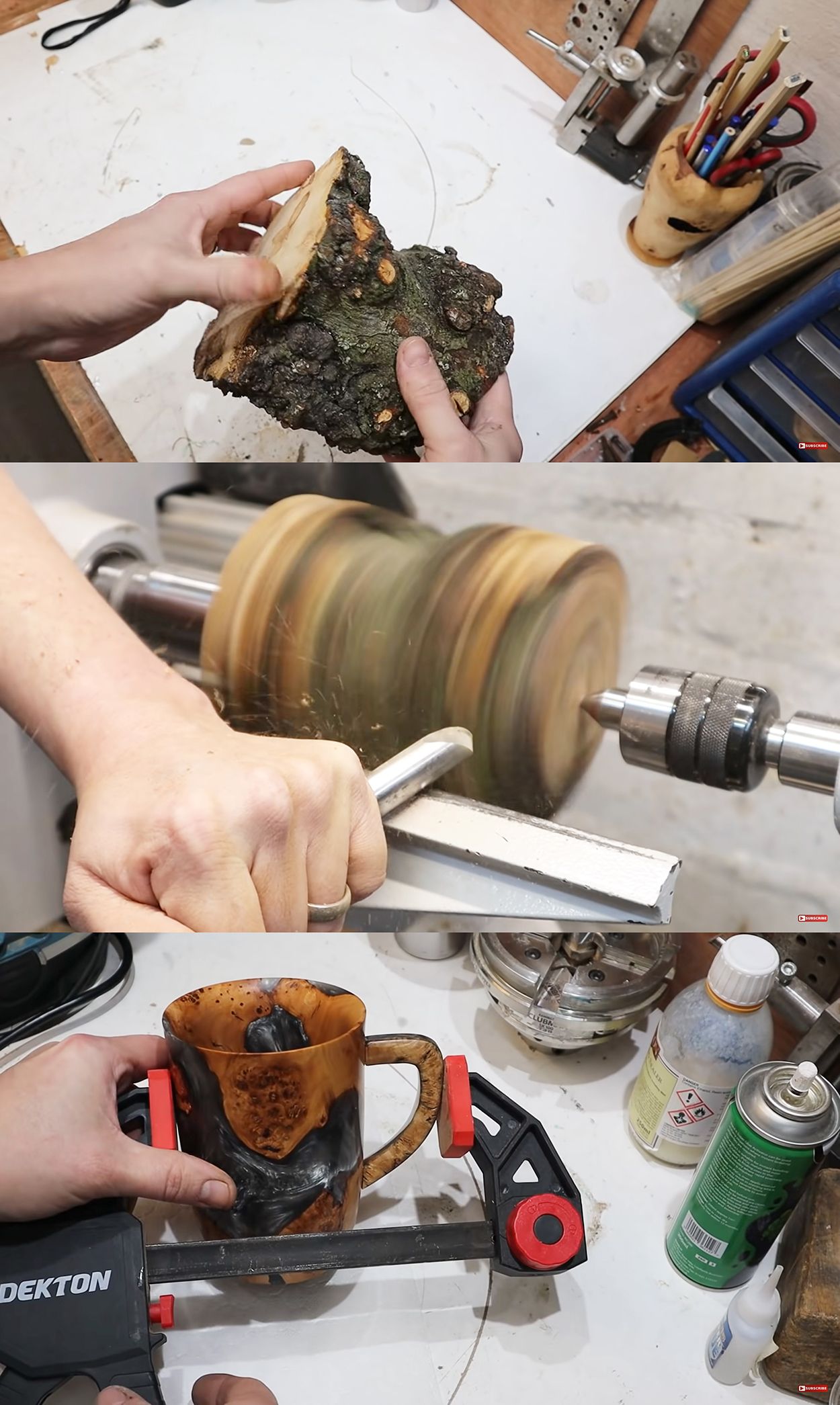
04 "Artisans" are free
The charm of this type of video, or the endogenous driving force of its dissemination, lies in the process of construction and manufacture itself. A disordered pile of elements from nature - stone, earth, wood - becomes "artificial objects" - buildings and cups - through the labor of our hands - a process that Marx called "productive labor" (productive labor), in Arendt's theoretical system, she distinguishes this process from "labor" and calls it "work".
In the triadic division of "labor", "work" and "action", for her, only those who work, the "artists", are free.
Cooking, fetching water, cleaning the living room, tidying up the bedroom... These actions are all "labor". The process of labor resists "entropy increase" and maintains our own life and physical needs. Arendt calls the people who engage in these behaviors "animal laborans." They are in a compulsion to repeat, in order to eat they have to work, in order to work they have to eat... "labor" has no beginning and no end, just a circle that goes on and on.
Taking to the streets, protesting, fighting for the revision of laws, flying to the moon, creating a new way of life... these are "actions". They are "doers" (zoon politikon), but doers do not fully control the action - "the action has a definite beginning, but never a predictable end. " The masses are mobilized, not trying to If you stop, you can stop; the interstellar exploration has begun, and we don't know where human civilization will go because of this decision.
Only the "homo faber", the man who does the work, has complete control over the course of the work. When he is about to build, the process begins when an "idea" comes to his mind and ends when he completes it. It had a beginning and an end, and it could even be reversed—he could destroy half of what was built in the middle.
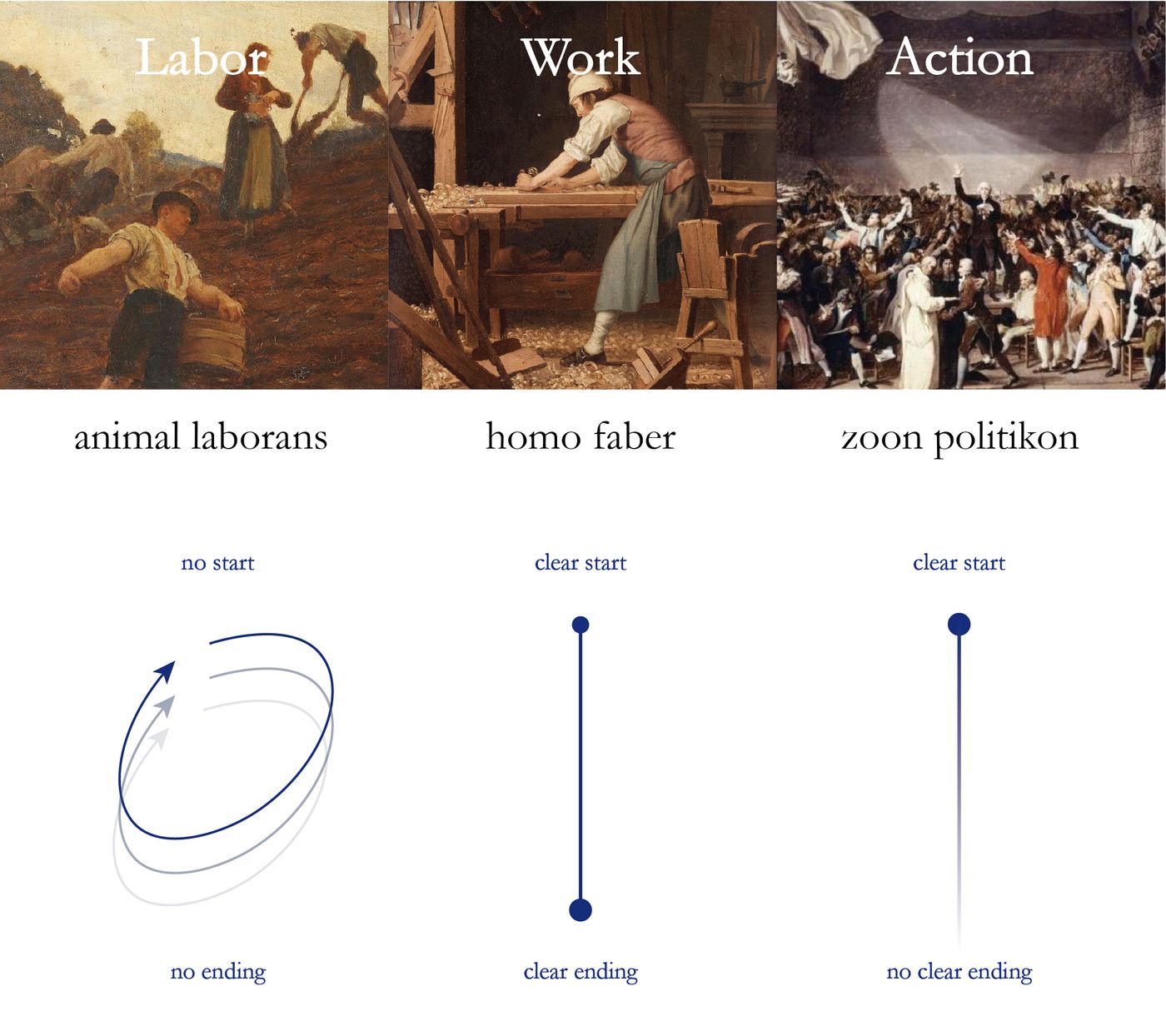
I refer to Arendt again in the article because her insights can help us explain why Mr. Tfue's video has gained so much public interest. Mr. Tfue is a pure "artist", and what he shows is a complete "work" process.
Unfortunately, after the Industrial Revolution and modernization, because of automation and the division of labor, "skilled people" have become extremely rare. Each of us is in the midst of a system so vast that no single individual can fully comprehend it, accomplishing endless, one-by-one "missions" that have neither a definite beginning nor a definite end. In the office cubicle, in the endless swamp of emails, we don't have any control over anything, and we don't have a shred of spiritual freedom in these processes. There is no doubt that everyone has a career—a job, but that job is no longer the primitive and basic “job” that Arendt defines.
Perhaps because of this, seeing these no-frills, real-world builds, builds, and fabrications on the screen is so primitive, yet so far removed from our real life in the workplace; it looks so familiar , so familiar that one can't help but reminisce some childhood gadgets doing nothing in summer vacations, but also so unfamiliar, because these slow, calm, meditative states in the construction and manufacturing process have become modern "wage workers" can no longer enjoy a luxury. So in that sense, these building and fabrication videos at least look depressing. On the screen, a visible and tangible finished product is slowly conceived, and the situation is so beautiful, so full of charm and magic.

05 The boredom and nostalgia of modern people
The "Primitive Construction" video connects two seemingly distant themes - today's screen age and humanity's oldest building activity. Here I don't really want to dig into the behind-the-scenes production of these videos - it is not difficult to imagine that behind this seemingly ancient and primitive construction performance, there may be an experienced video planning team; Skipping the part, modern mining tools probably did most of the work for Mr. Tfue. We also do not intend to analyze whether these construction results are indeed true in the sense of architecture - the soil and strata in the video may be full of flaws, and the final results have little to do with the real primitive caves discovered by archaeology...
We still have a positive and positive attitude towards this series of videos as it touches on some really important propositions. Its huge amount of dissemination confirms that the image of this ancient building captures a certain common feeling of us, that is, modern society and urban residents. Whether or not Mr. Tfue's state (true or false) is sufficient to qualify as Heidegger's "poetic dwelling", he at least hits us with a special "nostalgia" (nostalgia) ——
For the tired, anxious, and dazed people living in the steel forest, this man who works silently is at least engaged in a real "job". He produces something that persists, not something that is consumed in some endless and void consumption cycle. With his bare feet on the ground and his hands touching the solid and flat walls, a beautiful "artificial object" appeared in nature through the long-term scorching sun, and over time, the building also It will continue to exist, even if it is damaged or collapsed, but at least one recognizable remains will remain... Mr. Tfue's construction activities like Yugong moving mountains go beyond calculating Excel reports and debugging PPT reports to a certain extent. , because he really created a building, and it was there unquestionably. As you can imagine, at least in this scene, Mr. Tfue is happy.
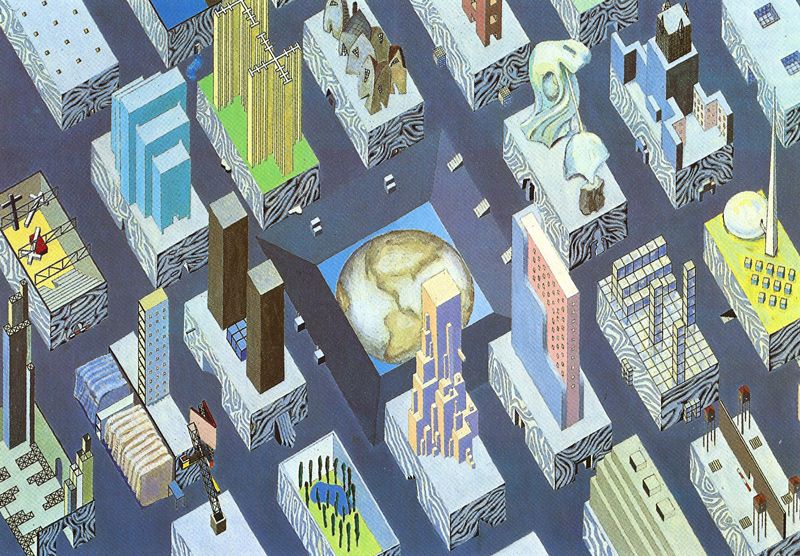

For many 20th century thinkers, modernity was the most important issue. Machinery and efficiency are dubious to them, and modern urban life does not bring about the happiness that really makes people belong. In the city, the rich commodities and colorful images around us do not seem to fully satisfy our minds, and even on the contrary, such complex and diverse things stimulate our nerves too strongly, so that we have a lasting, beautiful blasé and emptiness, or, having to face too much stimulation with an indifferent attitude.
To a certain extent, industrialization and capitalism must emphasize the rational brain rather than the emotional heart, abstract concepts and structures rather than concrete things and bodies. Modernist architect Le Corbusier put it this way in Towards a New Architecture: "If we remove from mind and spirit all dead concepts of housing. We should get 'housing machines'...mass-produced housing , healthy (and morally as well) and beautiful, like all tools and instruments."


However, the city, as a gigantic machine of countless efficient, mechanized houses, seems to have become a giant labyrinth that cannot be seen from a single perspective. At the end of the 20th century, it gradually became an image, a spectacle and a personification of desire, and in the 21st century, the Internet may be the same. We must admit that one cannot seem to completely eliminate the concept of "dead" in Le Corbusier's mouth from the mind and spirit. We are still tired of the plethora of excitement that cities and the internet bring, and many times have an instinctive love for a more "primitive" life and creation. When we turn on the video website during lunch break or before going to bed at midnight, and watch Mr. Tfue's construction bit by bit while eating snacks, maybe this process is a reflection of the self that we have lost.
Welcome to the WeChat public account "Dune Research Institute", where we will update the first-hand original content.
Like my work?
Don't forget to support or like, so I know you are with me..
Comment…